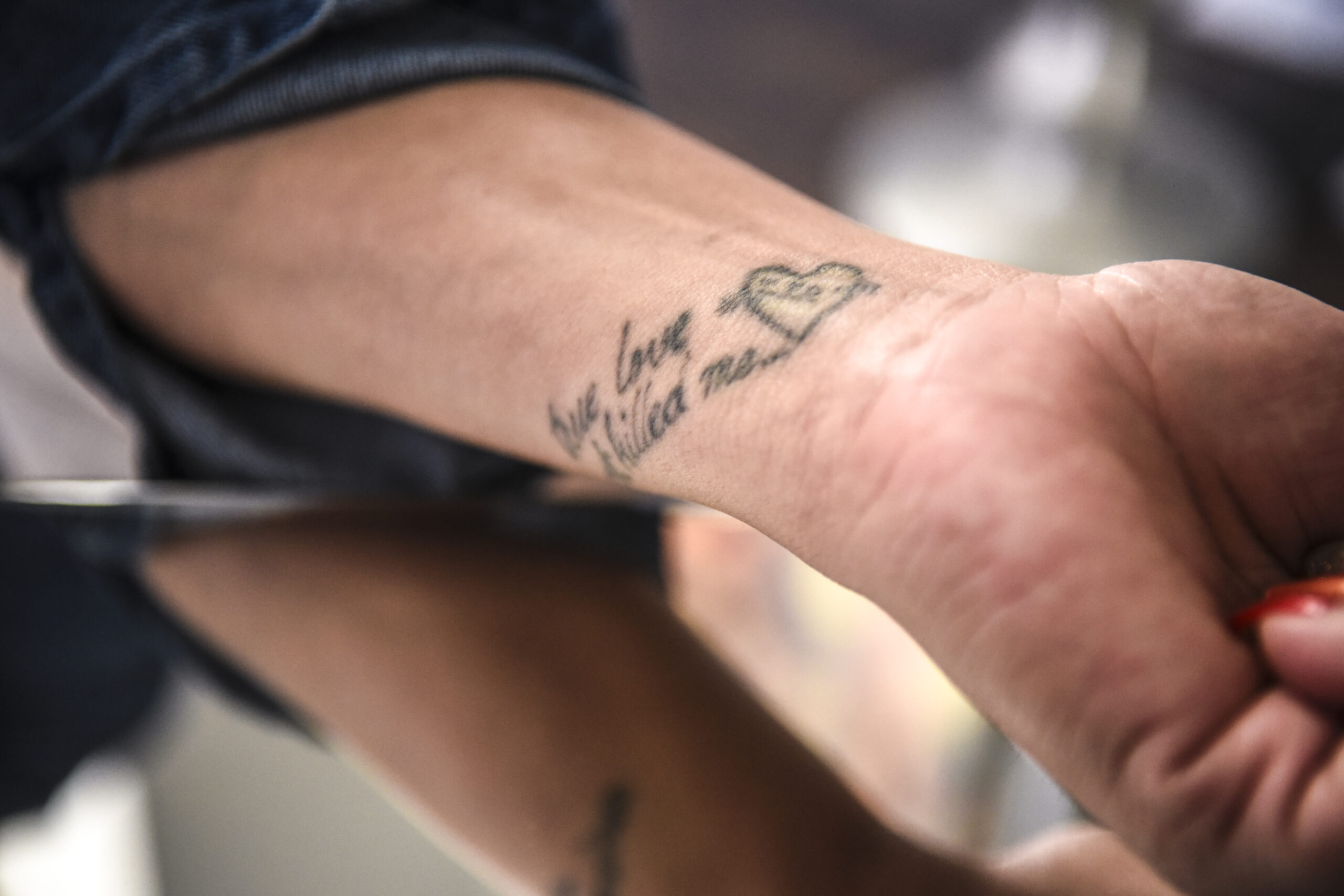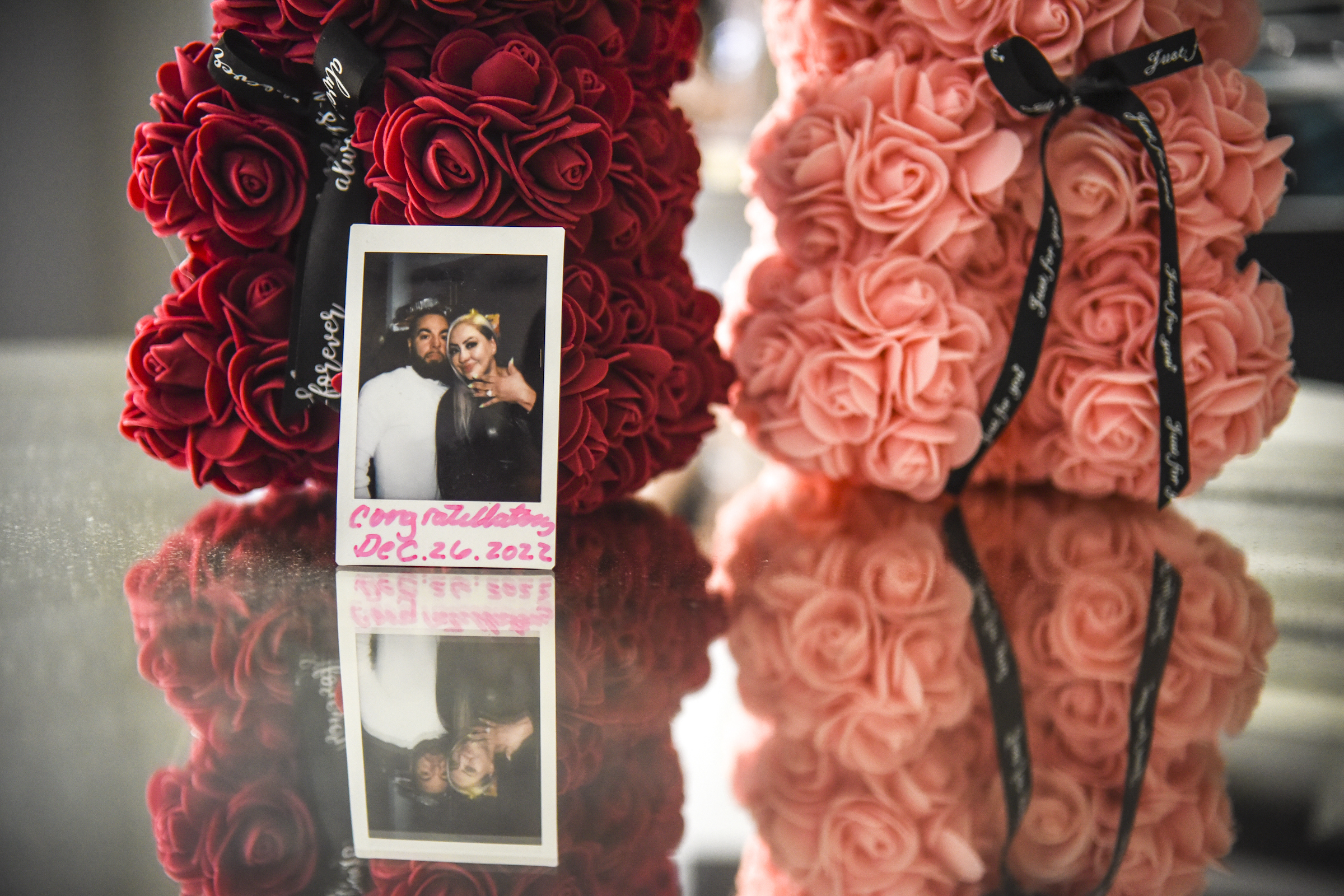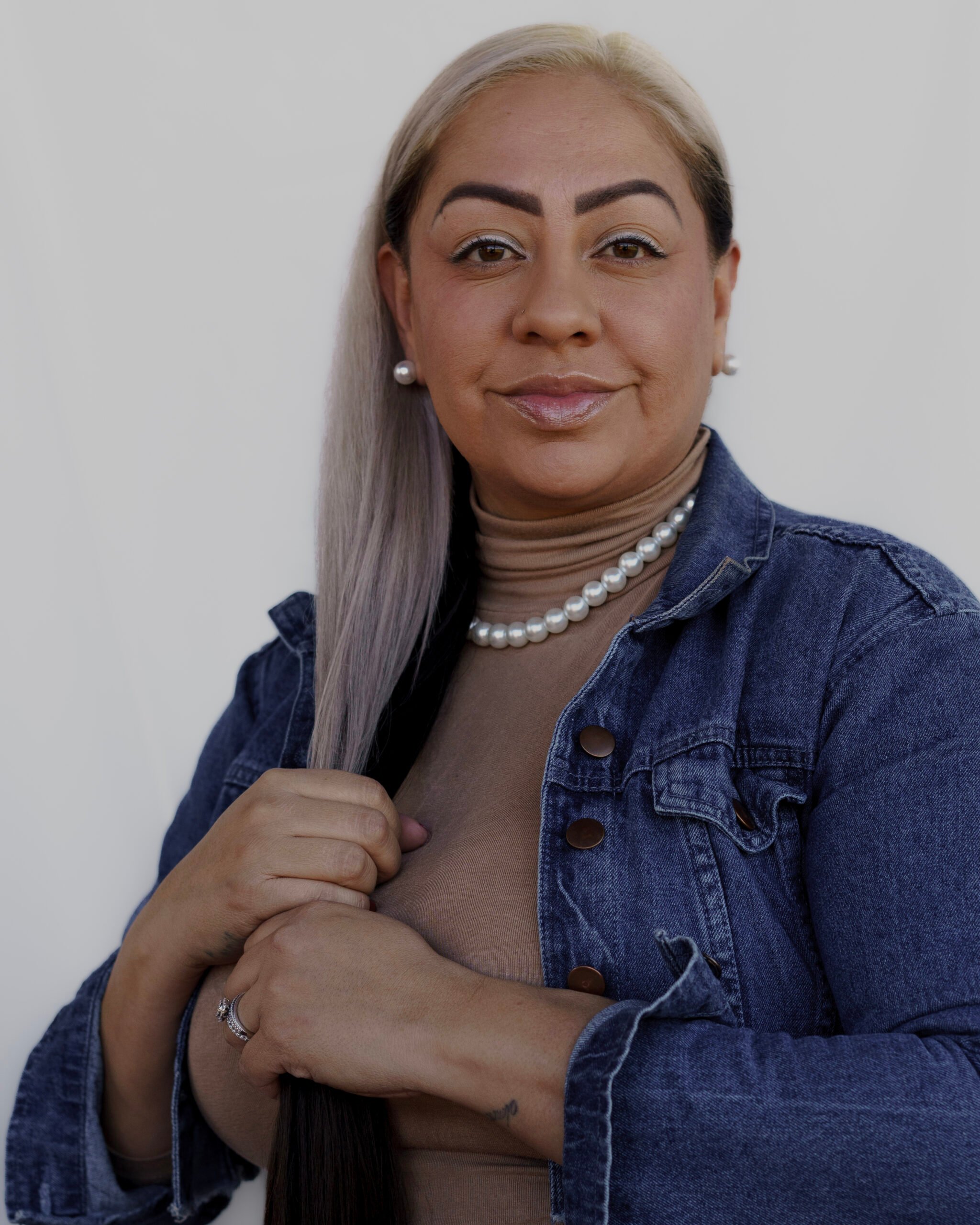Every June, the streets of Humboldt Park in Chicago are filled with people coming to celebrate the Puerto Rican parade. Flags fly, horns beep, and people brim with pride. Carnival rides, food vendors, and neon lights are visible throughout the neighborhood. But many who visit Humboldt Park once a year don’t see the decades of gang warfare that plague these streets. I’m telling the story of that hidden warfare and how I got swept up in it because I want to show that there is life after losses and there is life after incarceration. However, in order for people to truly heal, we need more help. There needs to be more investment in victim services in communities where gun violence is common.
At a very young age, I became affiliated with a local street organization. On June 22, 2002, I was leaving the carnival with my boyfriend, Ivan. He insisted on walking down Division Street, even though a rival organization was known to hang out there. I decided not to go and we parted ways, taking two different routes toward the same destination. As I walked about a block’s distance, gunshots rang out, and I felt a chill run through my body. Subconsciously, I knew what had happened. I ran in his direction, crying, praying, and hoping that I was wrong. But I wasn’t. I watched as my high school sweetheart lay on the pavement. We were only 18. I watched as police put up the caution tape. In a few minutes, my life flipped upside down — my heart torn out and broken. I was angry that this happened, sad, and left with regret for not walking with him.
My life quickly spiraled. I couldn’t face the fact that Ivan was gone, so I started drinking heavily and smoking PCP to avoid feeling anything. These addictions caused me to turn to a criminal lifestyle. Hurt people want to hurt people. In 2005, I was charged with my first gun case. My innocence died alongside him that night as darkness, sorrow, and depression filled me.
Four years later, before I could heal, my second boyfriend, PJ, was shot and killed. I had just been with him earlier. In the middle of the night, the police knocked on my door, and I was forced to go with them to the station. I didn’t know why. They told me he had been murdered while I slept. I sat in the 25th District police station, crying all alone when a woman police officer embraced me. I left the station and went to where he was murdered and threw myself on the floor. This couldn’t be life. The thoughts that would go through my head were unbearable. I tattooed my left wrist, right where some people slice and commit suicide, with what I felt: “True Love Almost Killed Me.” People in the neighborhood began to call me the Black Widow, so I tattooed a spider image on my right wrist.

There was not enough time to think. My survival mindset made me feel like I needed to just keep going. That crying was weakness. Losing these two people — in addition to so many friends — to gun violence affected my outlook on the crisis in Chicago. I felt like it was normal to lose people you love that way. After years of studying community violence, I now know this is the result of structural violence in urban communities. Neighborhoods like the one I’m from are starved of necessary resources.
Find Support
Help is Available 24 Hours a Day
Crisis Text Line
Text 741741
The Veterans Crisis Line
988, press 1, or text 838255
Help Someone Else
Understand warning signs.
After these traumatic events, I yearned for peace. I began to attend church and reenrolled college. But in 2008, my past criminal lifestyle caught up with me and I was picked up by the FBI. I was the only woman out of 47 people indicted in a gang conspiracy case. I was sentenced to five years and sent to the only U.S. Penitentiary for women in Hazelton, West Virginia. While sitting in a 6-by-9 prison cell, I had to finally face reality and sit in my grief; alone and sober, I realized that I needed help. I had been holding myself together for so long. In my community, the topic of mental health is stigmatized, and there is a lack of resources for victims’ loved ones.
In prison, I discovered a passion for helping others, even while battling my own struggles. Since many of the women were immigrants, I noticed a language barrier. I volunteered to teach Spanish 101 and English as a second language. I also taught women empowerment and self-esteem classes so that they could build themselves up and heal. I connected with these women as we were all broken in one way or another from past trauma. I began to turn my hurt into motivation. I started taking correspondence courses and became a Certified Drug & Alcohol Treatment Specialist. I also completed a 4,000-hour Teacher’s Aide Apprenticeship.
After five years, I was finally allowed to rejoin society in 2014. Upon my release I worked in insurance for six years before becoming a trauma response specialist at the county hospital, Stroger. It’s the place where I was born, and where Ivan was taken when he died. There, I helped victims of gun violence and their families access victim services. My greatest joy is being able to help someone else. My pain was not in vain — because of it, I found my true purpose in life.

I recently earned my bachelor’s degree in community health with a minor in Re-entry & Violence Prevention, and am now working with various groups that help formerly incarcerated people reacclimate to life outside. I’ve gotten to teach about trauma healing and violence prevention inside the Illinois State Penitentiary, Stateville. Sometimes, people with the darkest past end up creating the brightest future. I hope that my story shows that there is life after loss, and there is life after incarceration. It is true that hurt people hurt people — but it is also true that healed people can help heal other people.

